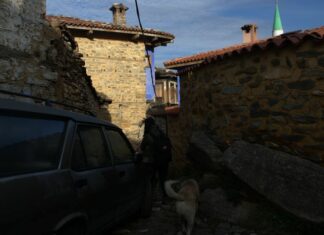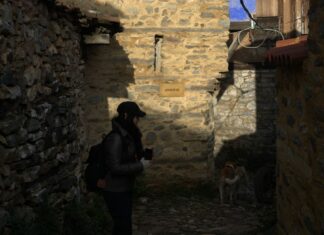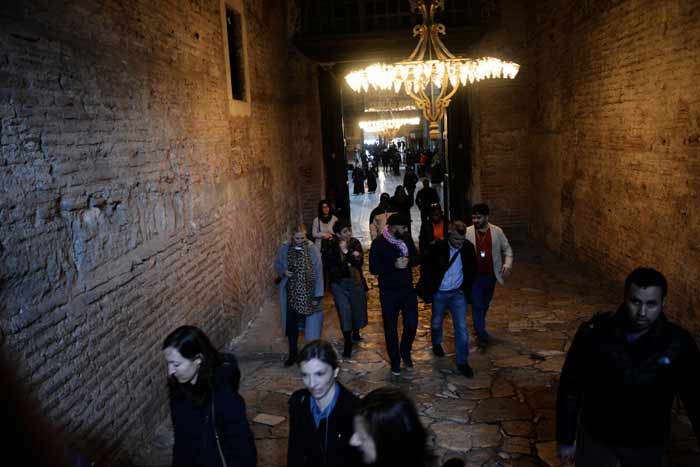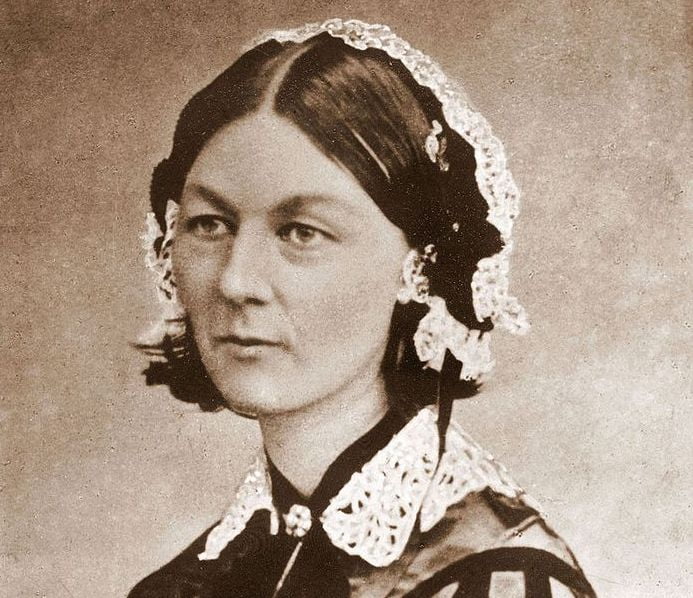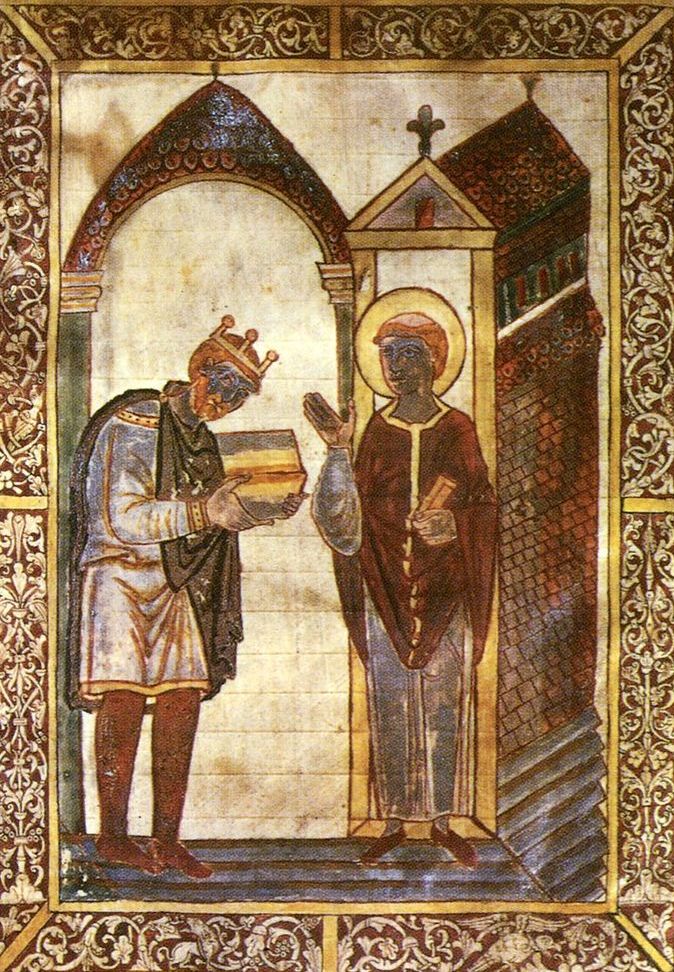A Story of Encouragement in Hard Times
I once read about a Christian who was being treated very unfairly. People misunderstood him and attacked his character, but he couldn’t do much...
Jesus Knows About the Lies Told Against the Christians
Jesus says, "I know the slander of those who say they are Jews and are not, but are a synagogue of Satan." At that...
Hard Times During the Great Depression
I clearly remember the Great Depression when I was in high school. Life was very hard. We didn’t have much food, and we couldn’t...
A Day in the Serbian Parliament
Prime Minister’s Aspirations
M. Stoyanovitch clasped his hands together and sighed. He spoke about having a majority of twenty-four or thirty, calling it a “small...
Observations from the Serbian Parliament
Notable Speeches
During my time in the Serbian Parliament, I witnessed two notable speeches. The first was by M. Nicholas Pashitch, the Leader of the...
The Serbian Parliament House
Overview of Parliament Activities
In the Serbian Parliament, ministers earn a salary of 12,000 francs each year, while the Prime Minister receives an additional 6,000...
Enhancing Grammar for Bulgarian
Verb Forms A Flexible Approach
Performance of the Grammar
The grammar performs well in recognizing complex tense forms with auxiliaries and full-content verbs. However, to build...
Evaluating the Application
Evaluating the Application of Regular Grammars for Bulgarian Verb Forms
Some Preliminary Evaluation of the Grammar Application
The application of Recognizer 2 enables correct delimitation and...
Building a Two-Level Grammar
Cascade for Recognizing Bulgarian Verb Forms
In the MV rule explained below, the element is the context node. XPath expressions are employed to search the...
Balkan Tours 2023
Balkan Tours 2023, the fairy-tale called Balkan tours (this time Balkan tours 2023) continues. Very famous and still an enigma for many, Balkans never...



